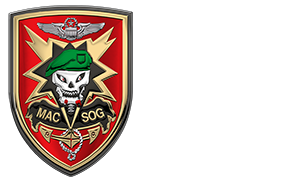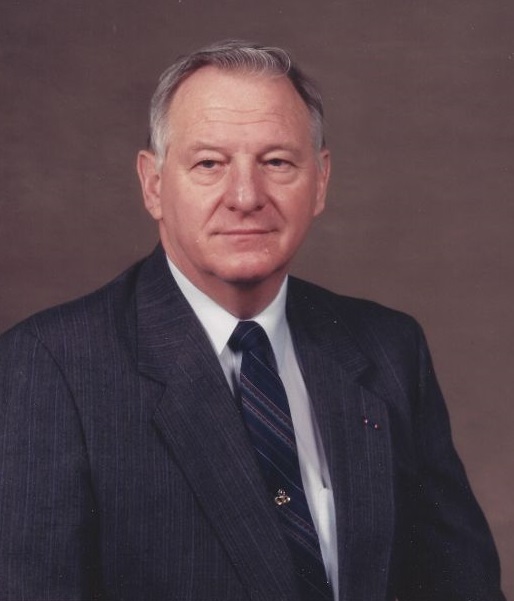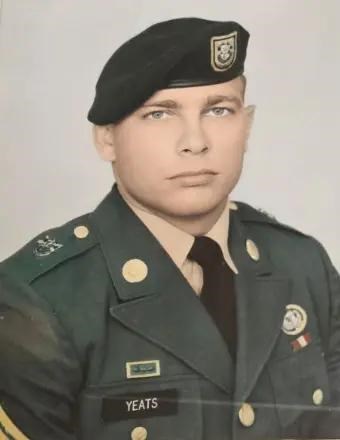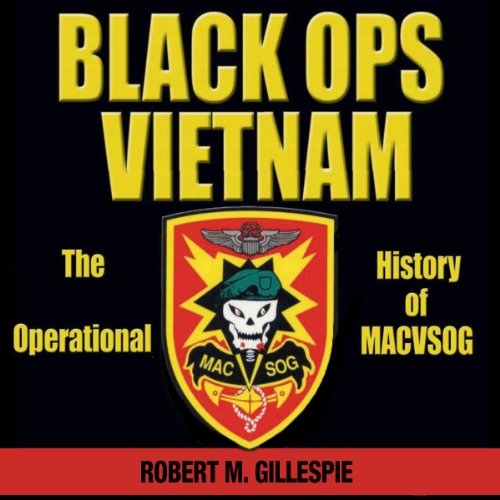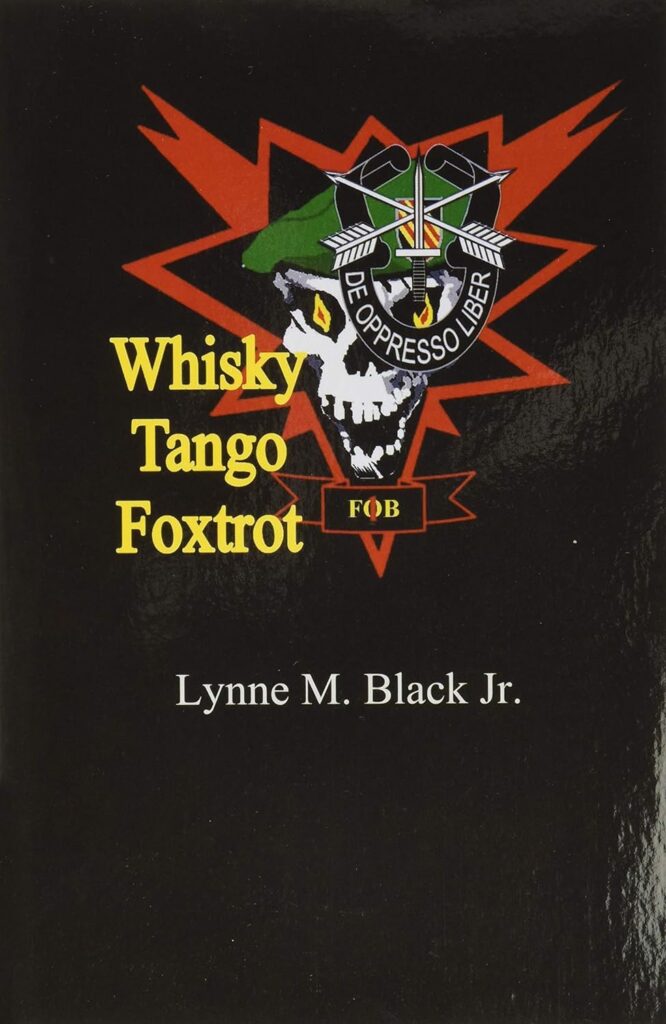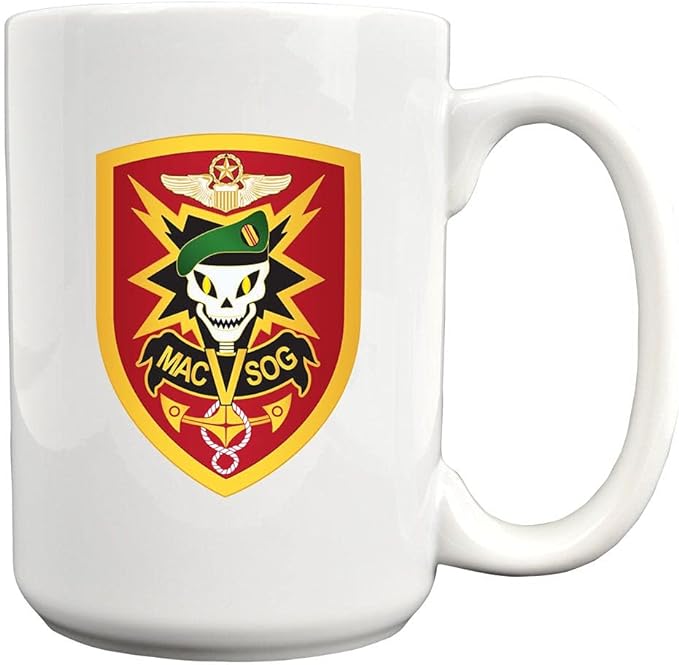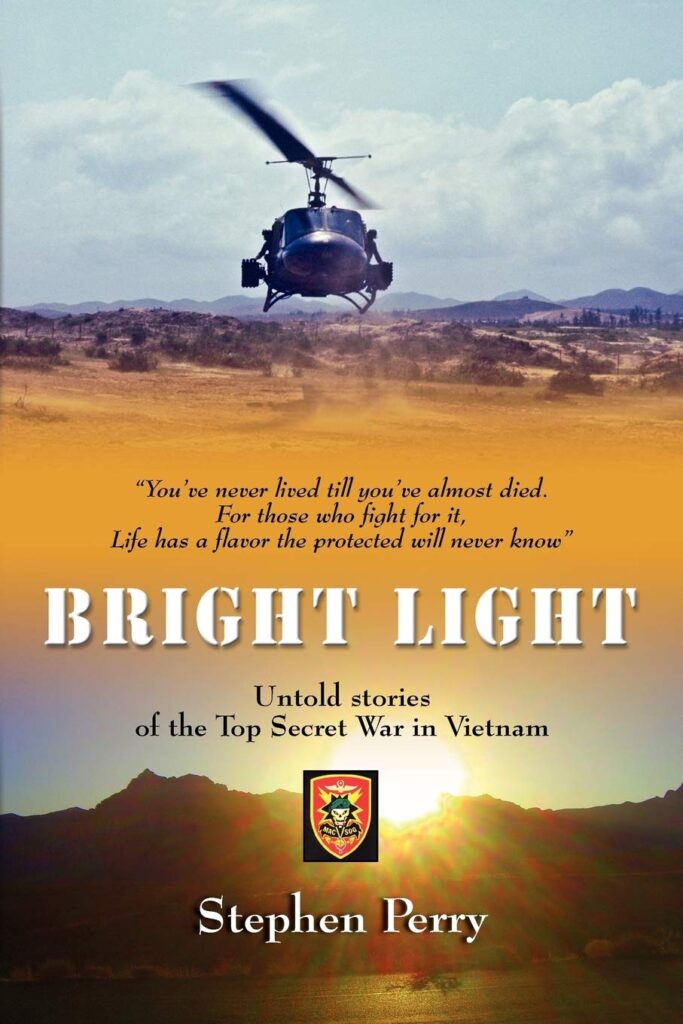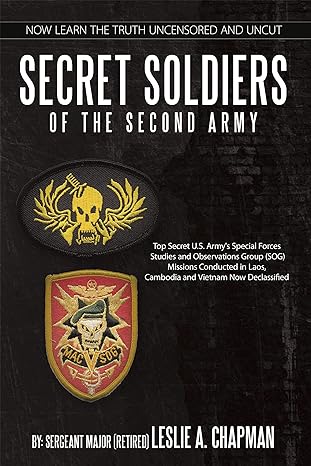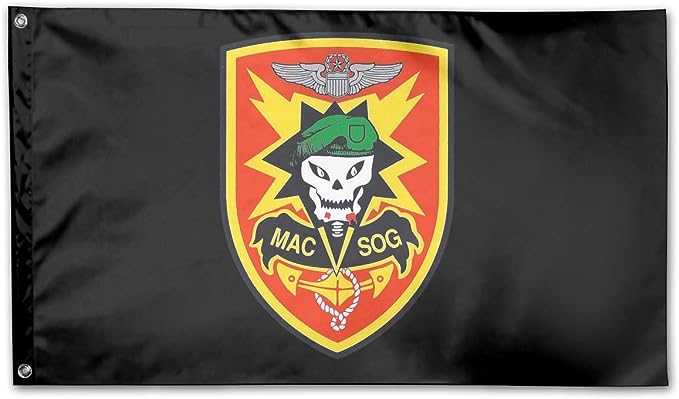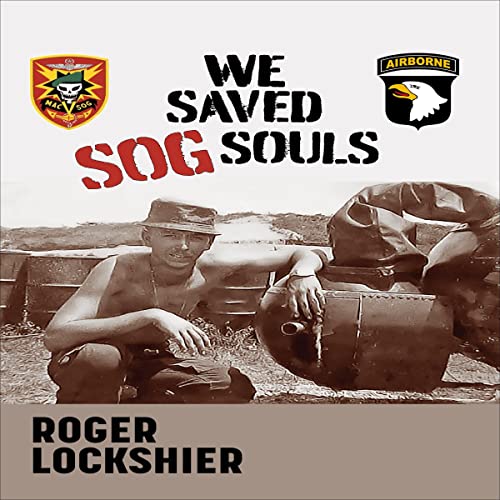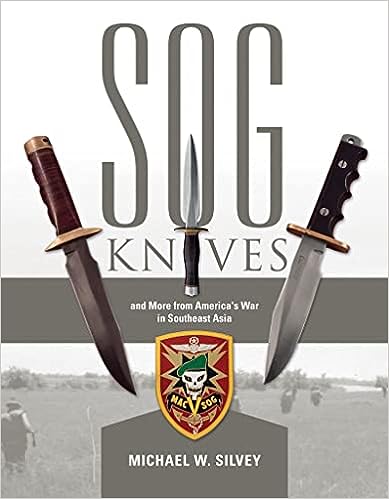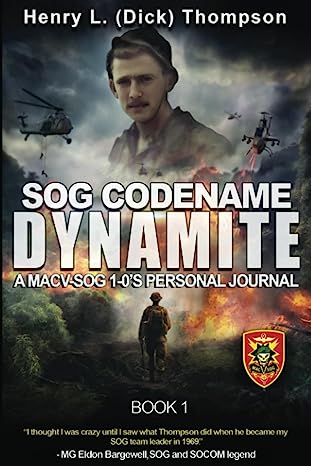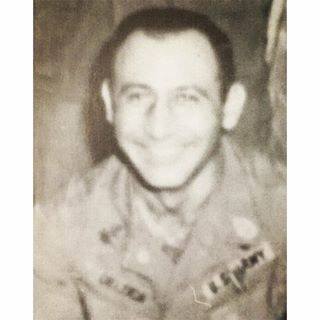UNITED STATES ARMY SPECIAL FORCES
By Clyde Sincere Jr.
The history of the United States Army’s unconventional forces dates back to at least to the French and Indian Wars. Major Robert Rogers formed his “Rangers” from the New Hampshire State Militia to conduct “unconventional warfare” against the Indians. This same type of warfare was again successfully employed against the British in the Revolutionary War. Most notable during this period was Francis Marion, the South Carolina “Swamp Fox” who regularly cut British supply and communication lines. With the advent of the Civil War came John Singleton Mosby of the Confederacy who advocated and made effective use of UW against the Union Forces which were superior in both numbers and equipment.
Today the more direct relationship and unit lineage of today’s Special Forces dates back to a number of entities that evolved during WWII:
The First Special Service Force, (referred to as the “Devil’s Brigade” by the Germans) was formed on 9 July 1942 at Fort William Henry Harrison, Montana under the command of Robert T. Frederick. This was a joint American-Canadian unit. Ironically, the Crossed Arrows insignia worn by the present day Special Forces was first authorized for the Special Service Force by the Secretary of War on 26 February 1942. Following action primarily in Italy and subsequently in France the FSSF was inactivated, and its personnel assigned to other units. Some were fortunate to be assigned to one of the other Airborne units.
The formation of the Office of Strategic Service (OSS) as an Agency of the U.S. Joint Chiefs of Staff, and under the command of Major General William “Wild Bill” Donovan came about as a result of early planning in concert with the British Special Operations Executive (SOE) commencing in early 1941. Three (3) man Jedburgh teams were formed – usually commanded by either an American, British or French officer, a second officer from one of the three aforementioned countries, and a Radio Operator – again, US. UK, or French. Their mission, jump into enemy held territories and organize, equip and train the resistance. Although Agents from the Allies dropped into France, Holland, Italy Yugoslavia, Greece and other occupied territories during WWII, the “Jed’s” from the OSS mainly commenced operations in France just prior to D-Day (June ’44) in order to facilitate the invasion of Europe. OSS “Operational Groups” (OG’s) primarily operated in 15 man teams in Italy during WWII. The “team concept” of the OG’s became the basis for the original 15 man FA Teams organized at Fort Bragg commencing in June 1952. Additionally, OSS Detachments conducted operations in North India, Burma and Northern China during the period 1944 and 1945. Many OSS veterans of the European Theater volunteered and were transferred to Southeast Asia for subsequent assignment.
A third UW unit from which Special Forces draws its lineage was “Merrill’s Marauders” consisting of 3,000 volunteers which conducted five (5) major battles, and seventeen minor skirmishes against the Japanese in Northern Burma. Commanded by Frank D. Merrill, the “Marauders” official name was the 5307th Composite Unit (Provisional).
Army Special Forces also drew lineage and honors from the six (6) U.S. Ranger Battalions of WWII which operated in both the European and Pacific theaters of the war. These units were also deactivated on 15 August 1944. Additionally, during the Korean War, the Rangers were revived when a number of Ranger companies were formed at Fort Benning, Georgia.
The U.S. Army Special Forces came into its own on 19 June 1952 with the activation of the 10th Special Forces Group (Airborne) commanded by Colonel Aaron Bank at Fort Bragg, North Carolina. Commencing on that date, Colonel Bank with CWO Robert Brunner, and eight (8) enlisted personnel grew to an aggregate of 1750 personnel by April of 1953. All personnel assigned to Special Forces were considered triple volunteers – Army, Airborne, and Special Forces. Volunteers were veterans of the OSS, FSSF, Merrill’s Marauders, Rangers, 11th, 82d and 101st Airborne Divisions, and separate Airborne units, such as the 508th ARCT at Fort Benning. Individuals were selected based on their expertise, and requisite backgrounds. A losing unit could not prevent a transfer if you were accepted by the 10th. Unique to the 10th was the advent, and assignment of personnel from a number of Iron Curtain countries. These personnel were recruited under the (Henry Cabot) Lodge Act of 1950. Primarily they were assigned to one of the two Engineer (Demo) slots within a team. They also functioned as the interpreter/translator for the team. They usually came from the country of origin that the Detachment was subsequently oriented against in the event hostilities against the Warsaw Pact were to erupt.
Before I discuss missions, and training I would like to mention one particular point. Although the U.S. Army at the Pentagon decides the Lineage and Honors a unit will have, all special operations units I previously mentioned certainly affected the History of Special Forces/Special Operations, Colonel Bank, until the day he passed away at the ripe young age of 101 insisted in any conversation with anyone who would listen that the true lineage of the Modern Day Special Forces evolved from the OSS. Having stated that – Nuff said on that topic.
MISSIONS:
Primarily, in the beginning – Unconventional Warfare.
Later missions evolved to Include:
- Direct Action.
- Special Reconnaissance.
- Foreign Internal Defense – Counter-Insurgency.
- Combating Terrorism.
Training in 1952-’53:
- Five Basic Areas – (They never have changed).
- Operations/Intelligence
- Weapons
- Communications
- Medical
- Engineer
Cross training in all areas was emphasized. An example – Commo (Morse Code) – 15+ words per minute for commo personnel, the remaining team members were urged to attain as a minimum – five words per minute.
- Specialized:
Language Training – In the beginning – Eastern Europe primarily.
SERE – (Survival, Evasion, Resistance and Escape).
Mountaineering to include Glacier Training (Fort Carson and the
“Wind River” area in Wyoming.
Swimming – Scuba/Scout Swimming – (Vignettes – Greece/Denmark ).
Skiing – Cross Country and Downhill – (Trained with Allied Military).
Selected Specialized Parachuting/Aircraft – (SA-16, B-25, B-29).
Country Area Studies.
Trade Craft including S.M.O.E.
Foreign Weapons.
DEPLOYMENTS/ACTIVATIONS:
Levies for SF qualified personnel by DA (altogether five (5) of them) dictated that a number of selected personnel deploy to the 8240th AU in Korea between February and September 1953. Two (2) of these individuals from the original 10th – Lt’s. Joe Castro, and Doug Payne were subsequently KIA shortly after reaching their AO’.s.
10th SFGp – Deployed to Bad Tolz, Germany – November 1953.
77th SFGp – Activated – August 1953 – later redesignated the 7th SFGp in June 1960.
14th SFDet – Activated – 1956 – Hawaii.
8231st AU – Activated – 1956 – Camp Drake, Japan.
1st SFGp – Activated – 24 June 1957 – Okinawa.
White Star – Laos – 1959 – Civilian clothes – primarily SF personnel from the 7th SFGp.
5th SFGp – Activated – 21 September 1961.
U.S. Army Special Forces (Provisional) Vietnam – July 1962.
OPERATION SWITCHBACK:
National Security Action Memorandum 57 passed the responsibility for the CIDG Program to be transferred from the CIA to the U.S. Army.
Colonel George Clyde Morton was its first Commander.
There were other SFGp’s activated in subsequent years – e.g., the 3d, 6th and 8th SF. Also, a number of National Guard and U.S. Army Reserve Special Forces Groups, but, for purposes of this “paper” I wish to concentrate more on primarily my service with the 5th and 10th SFGp’s.
FYI, and many of you are aware having served in SEA, in the 5th SFGp that Special Forces Detachments operated in all four (4) Corps area throughout South Vietnam. Additionally, each Corps had a Mobile Reaction Unit – MIKE FORCE. 5th SFGp maintained a separate reserve MF at Nha Trang in support of Country-Wide contingencies.
In October 1966, Colonel Francis J. Kelly instituted a new concept of his as Commander, 5th SFGp. BLACKJACK OPERATIONS. The first of these 30 day “stay behind the lines” operations commenced on 9 October, and was named BJ21 (Mobile Guerrilla Force 777). Its personnel all came from the 2d MIKE FORCE Company, II Corps MIKE FORCE located in Pleiku. BJ Operations continued throughout Colonel Kelly’s tenure of command and extended to all Corps area.
MACVSOG – Activated – 24 January 1964.
Colonel Clyde Russell – its first Commander, subsequently followed by:
Brigadier General Donald Blackburn
Major General (then Colonel) Jack Singlaub
Colonel Steve Cavanaugh
Colonel John F. “Skip” Sadler – its last Commander.
Each Commander served a two (2) year tour of duty.
OP – 35 – Ground Operations – Saigon.
There were many Divisions (OP’s) assigned to MACVSOG, but, I will speak to the Ground Operations because they basically were 5th SFGp “boots on the ground” types “seconded” from the 5th SFGp to HQ MACVSOG for operational control.
Initially, there was one Command and Control (C&C) element at DANANG with sub elements:
- FOB-1 – Phu Bai
- FOB-2 – Kontum
- FOB-3 – Khe Sanh/Mai Loc
- FOB-4 – Danang
- FOB-5 – Ban Me Thout
- FOB-6 – Ho Noc Tao
Later,
- FOB-1, 3 and 4 were redesignated CCN – Danang
- FOB-2 – CCC – Kontum.
- FOB-5 – CCS – Ban Me Thout
- FOB-6 – “One Zero” School – Long Tan
Interestingly, during the Vietnam Conflict Eight (8) of the 18 Special Forces MOH recipients had been members of MACVSOG. * Note: This number may be different today due to a few MACVSOG members who were originally recipients of the DSC later had their award upgraded to the MOH.

